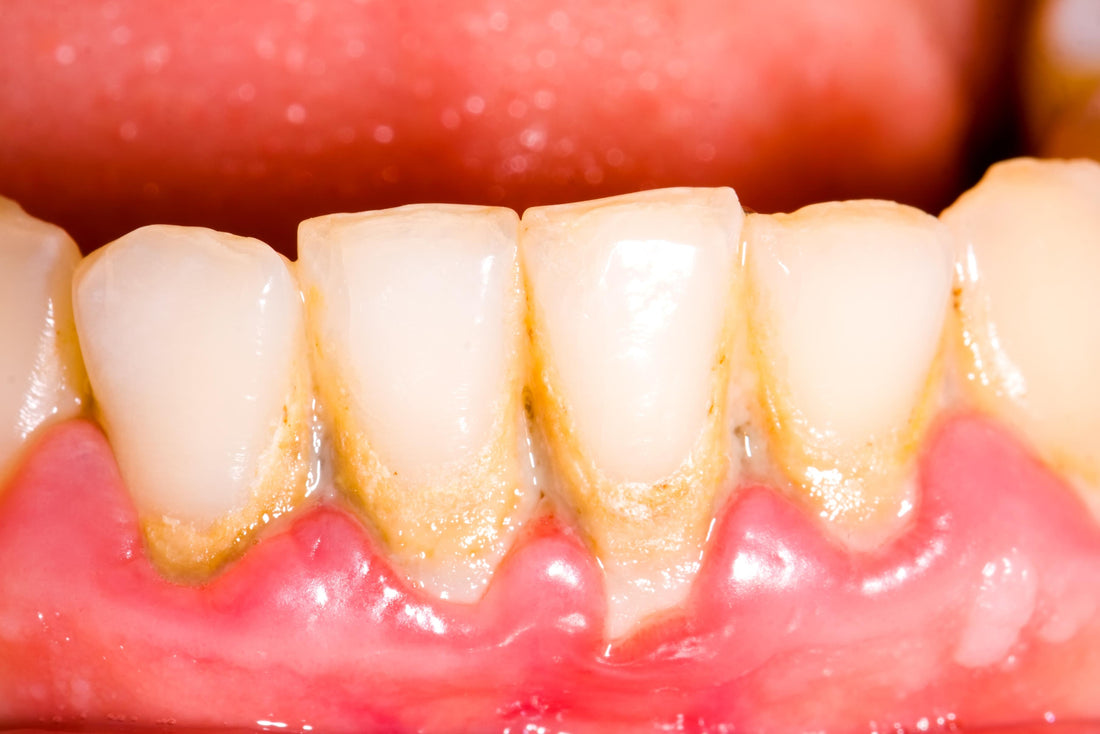
Enhance Your Dental Hygiene with These Tips for Plaque Removal
Dental hygiene is an essential aspect of overall health and well-being. While brushing and flossing are the cornerstones of maintaining healthy teeth and gums, there are several additional tips and tools that can help enhance your dental hygiene routine, with a particular focus on plaque removal. In this article, we'll explore these tips for effective plaque removal and better oral health.
Understanding Plaque: What Is It?
Plaque is a sticky film of bacteria, food particles, and saliva that forms on your teeth and gums. If not properly removed, plaque can harden into tartar, leading to gum disease and cavities. Plaque is often the primary culprit behind bad breath, tooth discoloration, and other dental issues.
Tips for Plaque Removal:
- Brush Regularly:
The foundation of good dental hygiene is regular brushing. Brush your teeth at least twice a day, preferably after meals. Use a soft-bristle toothbrush and fluoride toothpaste, and be sure to brush for at least two minutes to ensure thorough plaque removal.
- Floss Daily:
Flossing is crucial for removing plaque and food particles from between your teeth and along the gumline. Make flossing a daily habit to prevent plaque buildup in hard-to-reach areas.
- Use an Electric Toothbrush:
Electric toothbrushes are often more effective at removing plaque than manual toothbrushes. Their oscillating or rotating bristle heads can help dislodge plaque and debris more efficiently.
- Mouthwash with Antiseptic Properties:
Rinse with an antiseptic mouthwash to help reduce the number of bacteria in your mouth. This can aid in plaque prevention and provide a refreshing feeling.
- Consider a Water Flosser:
Water flossers, also known as oral irrigators, use a stream of water to remove plaque and debris from between your teeth and along the gumline. They are particularly effective for people with braces, implants, or bridges.
- Chew Sugarless Gum:
Chewing sugarless gum, especially gum sweetened with xylitol, can stimulate saliva production, which helps wash away bacteria and food particles that contribute to plaque formation.
- Drink Plenty of Water:
Staying hydrated is crucial for maintaining saliva flow, which naturally cleanses your mouth. Drinking water can help wash away plaque-causing substances.
- Avoid Sugary and Starchy Snacks:
Limit your consumption of sugary and starchy foods, which can feed bacteria in your mouth, leading to plaque buildup. Opt for healthy, low-sugar snacks.
- Limit Acidic Foods and Drinks:
Acidic foods and beverages can weaken tooth enamel and make it more susceptible to plaque. Consume them in moderation and rinse your mouth with water afterward.
- Regular Dental Checkups:
Visiting your dentist for regular checkups is essential. Your dentist can identify and remove plaque and tartar during professional cleanings and provide guidance on your specific dental hygiene routine.
- Professional Dental Cleaning:
Professional dental cleanings, performed by a dental hygienist, are more effective at removing stubborn tartar and plaque that cannot be removed through daily oral care alone. Schedule cleanings as recommended by your dentist.
- Oral Health Education:
Consult with your dentist or dental hygienist for personalized advice on the most effective plaque removal methods and tools for your unique dental needs.
When You Need To See A Doctor:
Plaque is a common issue in the realm of oral health, and it primarily forms on the teeth and gums due to the accumulation of bacteria, food particles, and saliva. Plaque itself does not typically require a visit to a medical doctor. Instead, it's a concern for dental professionals, such as dentists and dental hygienists. Here are some scenarios in which you should consider seeing a dentist regarding plaque:
- Regular Dental Checkups:
It's advisable to see a dentist for regular dental checkups, typically every six months. During these visits, your dentist or dental hygienist will assess the health of your teeth and gums, remove any plaque and tartar buildup, and provide guidance on maintaining good oral hygiene. These checkups are essential for plaque removal and early detection of potential dental issues.
- Gingivitis Symptoms:
If you notice symptoms of gingivitis, such as red, swollen, or bleeding gums, it's important to see a dentist promptly. Gingivitis is an early stage of gum disease caused by plaque buildup, and your dentist can recommend treatments to address it.
- Plaque That Has Hardened into Tartar:
While plaque can often be removed through regular brushing and flossing, when it hardens into tartar (calculus), it cannot be removed with regular oral care practices. A dental professional must remove tartar through a process called scaling during a dental cleaning.
- Persistent Bad Breath:
If you experience persistent bad breath (halitosis), it may be linked to plaque buildup or underlying dental issues. Your dentist can diagnose the cause and recommend appropriate treatments and preventive measures.
- To Assess Overall Oral Health:
If you have concerns about your oral health, it's a good idea to schedule an appointment with a dentist. They can provide a comprehensive assessment, discuss your dental hygiene routine, and offer recommendations for plaque removal and prevention.
- Orthodontic or Implant Concerns:
If you have orthodontic appliances like braces, dental implants, or other dental work, plaque can accumulate around these structures more easily. Regular dental visits are essential to address and prevent plaque-related issues in these cases.
It's important to remember that dental professionals are the experts when it comes to oral health, including plaque and its effects on your teeth and gums. They can provide personalized guidance, recommend specific treatments, and help you establish an effective dental hygiene routine. If you have concerns about plaque or other dental issues, don't hesitate to reach out to a dentist for an evaluation and professional care.
Conclusion
Achieving and maintaining good dental hygiene is not only about a beautiful smile but also about overall health. By incorporating these tips for plaque removal into your daily routine and working closely with your dentist, you can significantly reduce the risk of dental issues and enjoy a lifetime of healthy teeth and gums.
